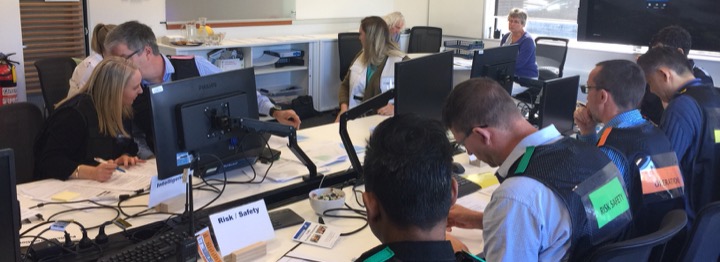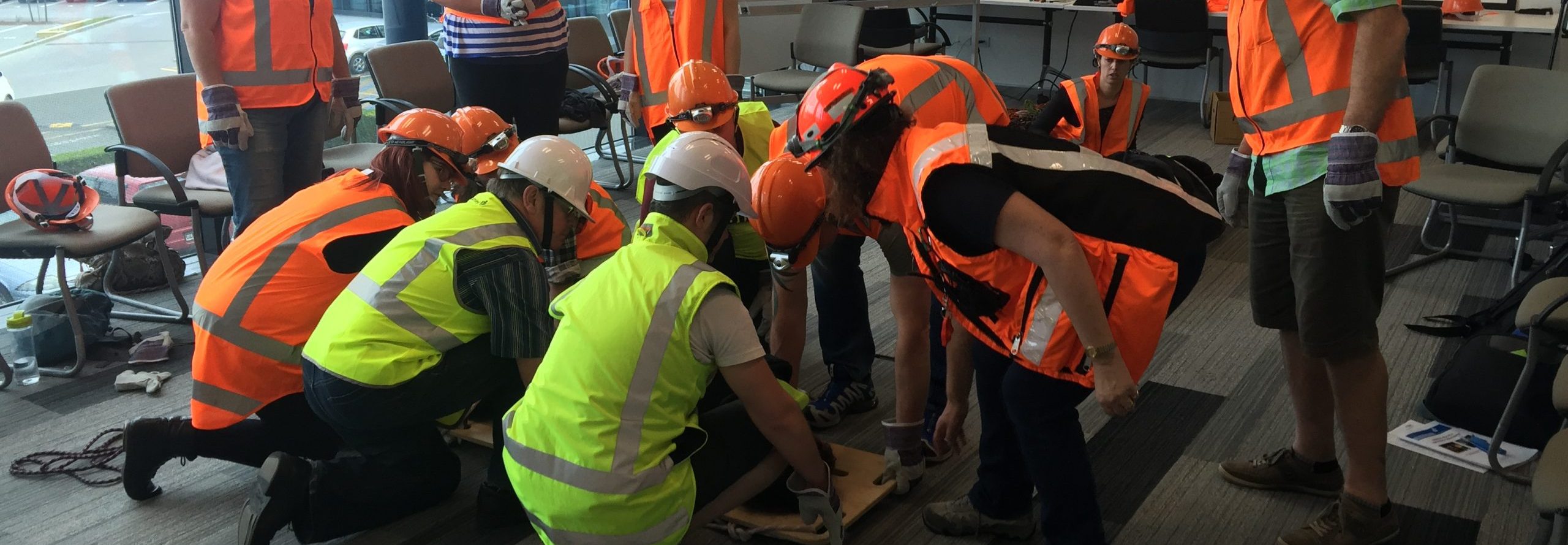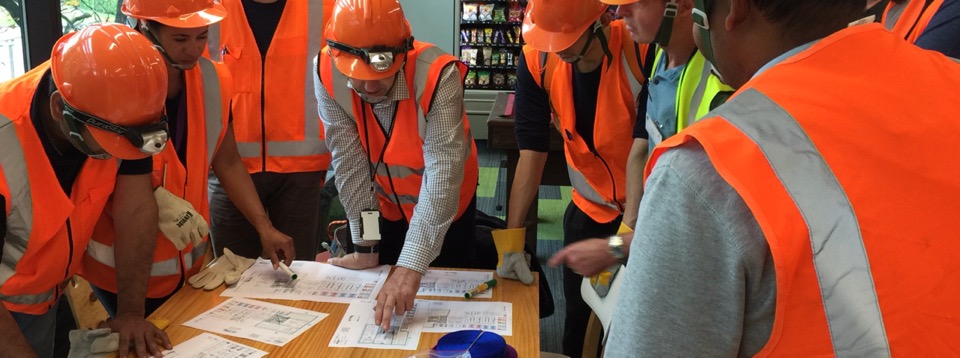Tsunami warning maps. An excellent resource of updated maps from Wremo via Stuff. Check out the full article here.

An updated collection of tsunami warning maps for the Wellington region have been published on the Civil Defence website, after previous versions left some residents confused and frustrated.
Wellington Region Emergency Management Office (Wremo) updated the maps to better reflect the areas most at risk of tsunami damage after a large earthquake.
It has also boosted the online accessibility of the maps, making them available in .jpg and printable .pdf formats.
Click here for an interactive map.

Map showing central Wellington’s tsunami zones.
The newly available maps now cover the entire coastline, rather than just central areas. They also build on newly acquired scientific knowledge uncovered since the maps were last created, “some years ago”.
READ MORE:
* PDF tsunami maps inadequate during time of crisis
* What went wrong after the quake and how to fix it
* Better safe than dead or maimed
Updates to the tsunami warning maps were based on “better understanding of wave dynamics within a harbour”, Wremo community resilience adviser Jason Paul said.
“Because of the large populace in the Wellington Harbour area, we’ve redone the remodelling … now we have more precise maps.”
Paul said the zones had generally been relaxed.

Map showing tsunami zones at Wellington airport and surrounding areas.
The Kapiti and Porirua zones had not been altered yet, though funding to remodel the Porirua area was currently being sought.
The tsunami warning maps also features general advice about how to stay safe, while dangerous (red), at-risk (orange), credible “worst-case-scenario zones” (yellow) and safe areas are more clearly demarcated.
“But if you feel any long or strong earthquake, you should immediately evacuate all of them, the red, orange and yellow zones, without waiting to be told to,” Paul said.

Map showing tsunami zones at Paraparaumu.
If an earthquake lasts for more than a minute, or is strong enough to prevent someone from safely standing, people in affected zones should evacuate to higher ground immediately. “Don’t wait for further instructions.”
Paul encouraged people to familiarise themselves with other frequently visited locations outside their homes. “The key message is: know where your zones are, wherever you are.”

Map showing tsunami zones at Petone and Alicetown.
The maps were developed through computer modelling of the behaviour of tsunami waves on New Zealand’s coasts.
More information is available on the Civil Defence website.
– Stuff










